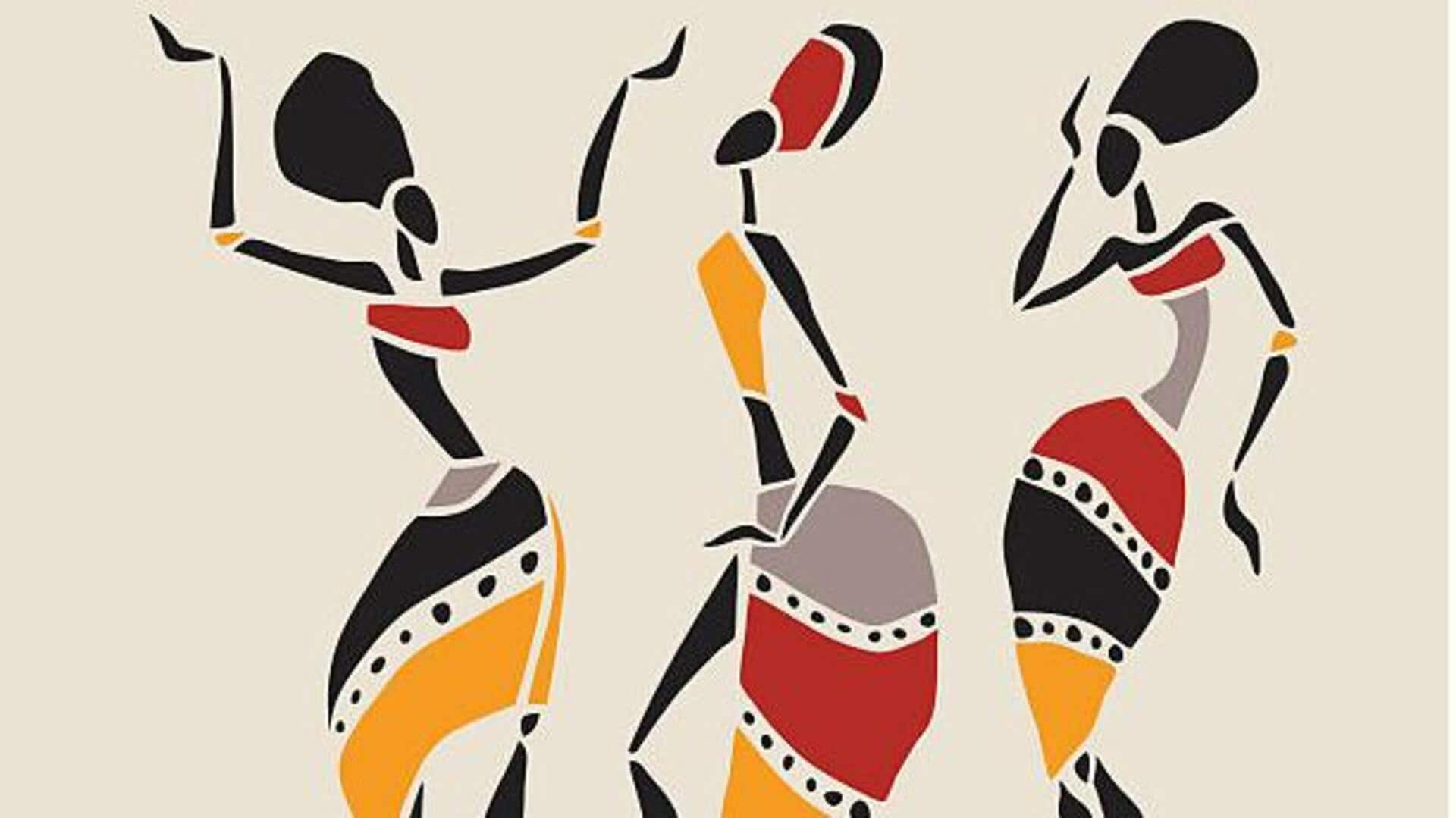
Exploring African dance through paintings
What's the story
African dance paintings provide a colorful and energetic glimpse into the continent's vast cultural legacy. These masterpieces encapsulate the very soul of motion, rhythm, and spirit inherent in African dance. Delving into these vibrant portrayals offers a unique cultural immersion, fostering a deeper understanding and appreciation of Africa's multifaceted societies and histories.
Origins
The roots of movement in art
African dance paintings capture the vibrant energy of communal celebrations, ceremonies, and rituals. These artworks are more than just beautiful—they're a visual history book, preserving the traditional dances that have been passed down through generations. Artists bring their own cultural experiences to the canvas, using color, form, and composition to express the dynamic rhythms and emotions of dance.
Diversity
A canvas of cultural diversity
Africa is a continent of 50+ countries, each with its own rich tapestry of cultures and traditions. This diversity is beautifully captured in the vibrant world of African dance as depicted in paintings. From the dynamic leaps of Maasai warriors to the fluid elegance of West African dancers, each painting is a narrative of identity, community, and a celebration of heritage.
Rhythm
The role of music in dance paintings
Music is an integral part of African dance, it drives the dancers' movements and brings performances to life. Artists often include representations of musical instruments or suggest rhythmic patterns through the use of repeated motifs in their paintings. This approach engages the viewer's senses on multiple levels, allowing them to not only witness the visual spectacle but also to perceive the vibrant soundscape that accompanies the dance.
Modernity
Contemporary interpretations
While some artists specialize in preserving traditional forms, others push the boundaries with contemporary interpretations and fusion styles. These modern works often mirror societal shifts, serving as a platform for younger generations to express their evolving relationships with cultural heritage. Whether it's blending global art movement influences or utilizing unconventional materials, these artists are redefining the landscape of African dance.
Acquisition
Collecting dance paintings
If you love art and want to start your own collection of African dance paintings, you have many options: Visit galleries that specialize in African art. They often showcase pieces from both established and emerging artists. Explore online platforms. They offer access to a vast selection of works from artists all over Africa. Remember to ensure authenticity, provenance, and aim to support local artists by buying directly whenever possible.